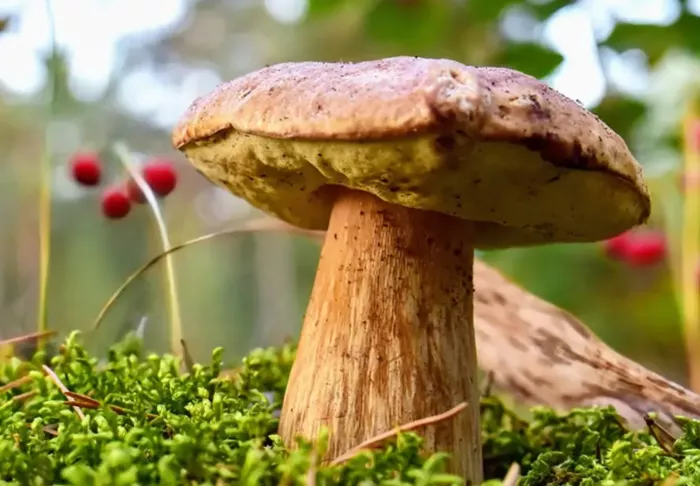Rethinking the Relationship Between Plants and Fungi.
Mother Nature operates under her own rules, challenging our long-held scientific beliefs about plants and fungi. Recent research offers a fresh perspective on how these organisms interact, prompting a reevaluation of established viewpoints.
Traditionally, we perceive plants as stationary beings, anchored to the ground. However, they are active participants in a significant annual carbon movement. Each year, plants transfer approximately 3.58 gigatons of carbon to mycorrhizal fungi, their partners in the soil. To put this in perspective, if this carbon were solid, it could cover 112 million NHL hockey rinks with ice.
A Marketplace Perspective
Previously, scientists viewed this substantial carbon transfer as a marketplace transaction. In this model, carbon was exchanged for vital nutrients provided by underground fungi, suggesting a straightforward trade system. However, this economic analogy may not accurately represent the complex relationships at play.
A team of researchers, led by Professor Justine Karst from the University of Alberta, argues for a reassessment of these ecological systems. They found no evidence supporting the idea of trade in the relationship between plants and fungi. “We found no evidence of trade,” stated Professor Karst.
The Plant-Fungi Connection
Mycorrhizas are symbiotic relationships that develop between plants and fungi in the soil. Traditionally, it has been understood that resources move back and forth between these partners. Mycorrhizal fungi accept carbon, primarily in the form of sugars and lipids, from plants while supplying essential nutrients like phosphorus and nitrogen in return.
However, this economic framework has limited our understanding of mycorrhizas, according to the researchers. It may have prevented us from considering other potential functions of these relationships.
A New Perspective
A recent theory, known as the “Surplus C” hypothesis, suggests that plants often produce more sugars than they need for their growth. This excess carbon is then stored in the mycorrhizal fungi, indicating that the amount of carbon transferred is not necessarily tied to the nutrients provided to the plant.
The research team reviewed numerous studies and found little evidence to support the biological market model. They determined that there is no direct regulation controlling the ratio of carbon to nutrients in these exchanges.
The team discovered that plant growth depends more on nutrient uptake than on carbon transfer. The limiting factor for plant growth is the amount of nutrients supplied by the fungi, not the carbon given to them.
Rethinking Plant-Fungi Dynamics
The researchers encourage a shift away from narrow economic models to explore the vital interactions between plants and mycorrhizal fungi. Professor Karst emphasized the importance of understanding the flow of carbon from plants to fungi, especially concerning carbon sequestration and its environmental benefits.
The study highlights the need for further research to better understand what drives carbon transfer from plants to fungi. While connections between carbon and nutrient transfer may still be uncovered, the researchers caution against relying too heavily on economic models.
“The idea of markets is familiar to us, but the inner workings of mycorrhizas are not, so we need to stay open to other ways of understanding how these systems work,” said Professor Karst.
Related topics:
- The Impact of Plants’ Airborne Signals on Defense Tactics
- University of Queensland’s Plant Futures Facility Advances Precision Plant ResearchRescued by Plant Heritage: Two Former At-Risk Plants
- Asters: The Perfect Way to Add Color to Your Autumn Garden


